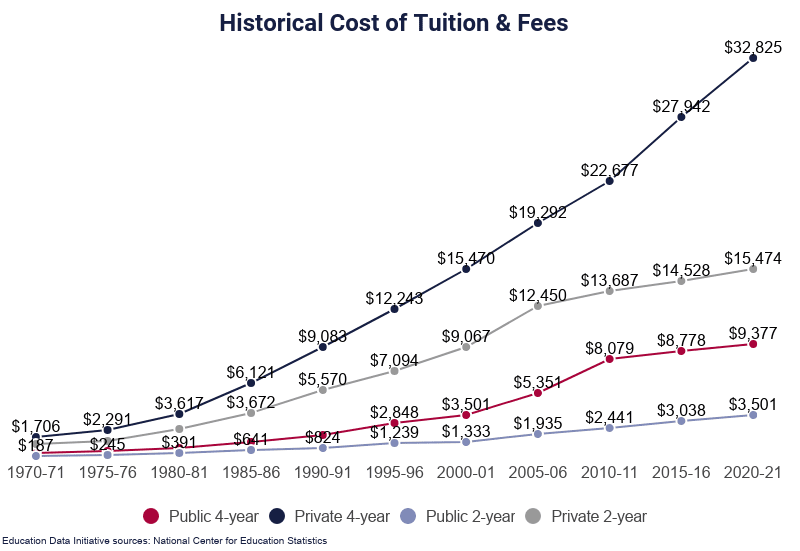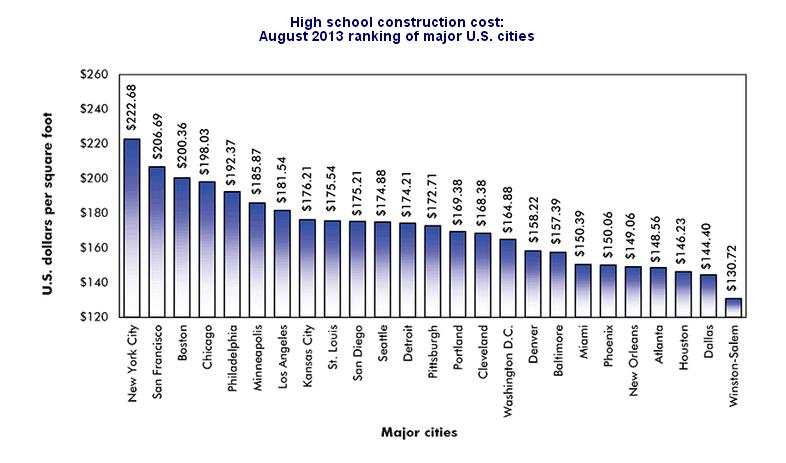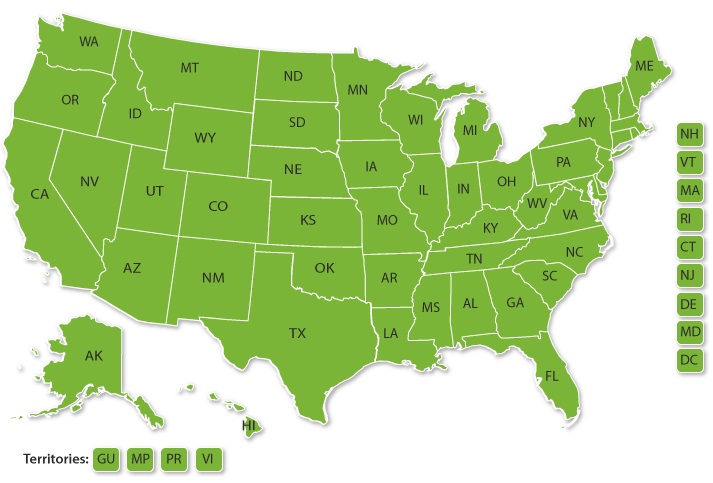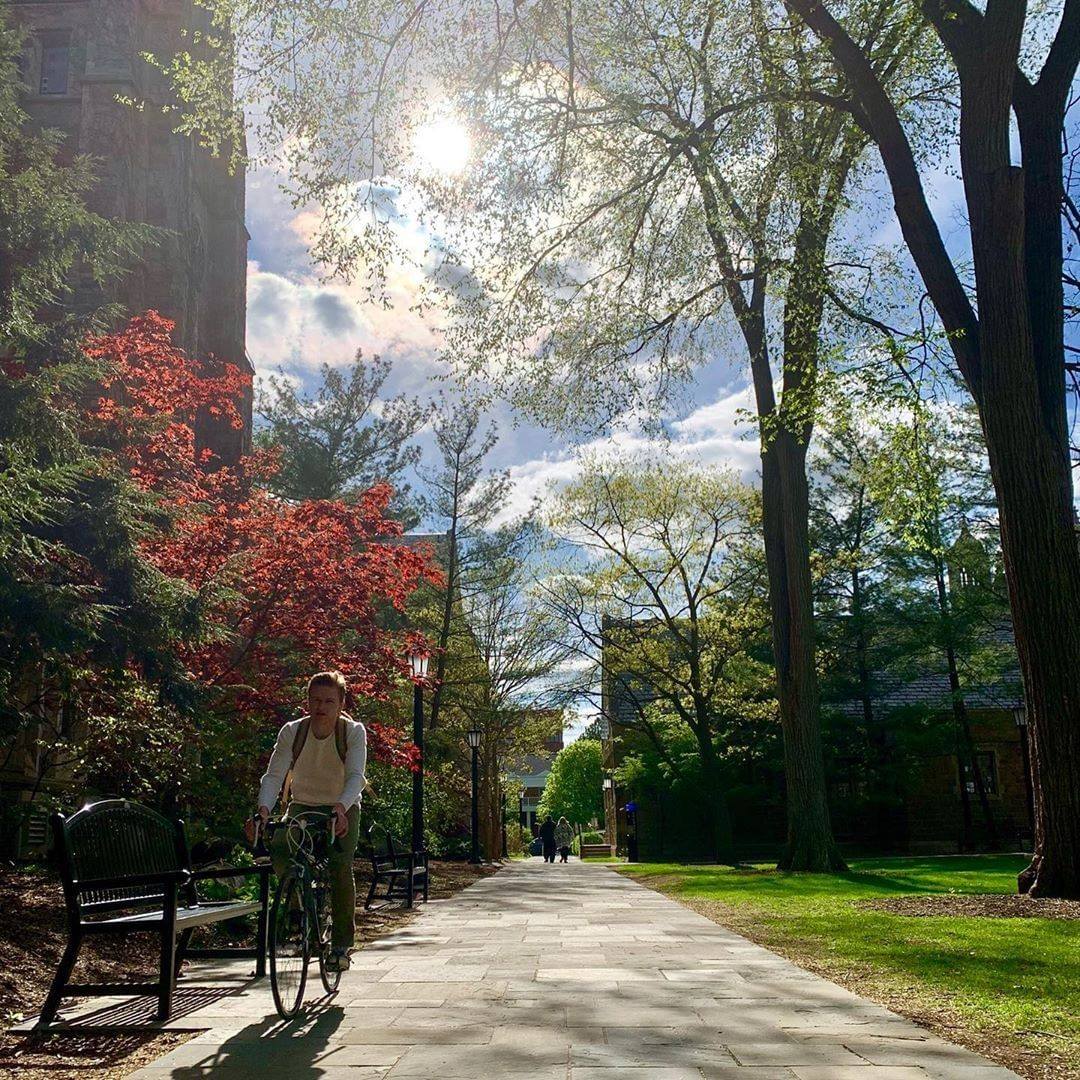Today we refresh our understanding of the standard of care for hosting elections in public spaces such as schools, colleges and universities.
In the United States, polling places can be located in a variety of public and private facilities, not just in public schools. While public schools are commonly used as polling places due to their widespread distribution and accessibility, they are not necessarily the largest proportion of polling places nationwide. The specific locations of polling places can vary by jurisdiction and are determined by local election officials. Other common polling place locations include community centers, churches, libraries, government buildings, and private residences.
The selection of polling places is based on factors like accessibility, convenience, and the need to accommodate a specific number of voters within a given precinct or district. The goal is to ensure that voters have reasonable access to cast their ballots on election day. The use of public schools as polling places is widespread but not universal, and the distribution of polling places across various types of facilities can vary from one region to another.
2024 International Building Code Appendix E: Supplementary Accessibility Requirements
NFPA 730 Guide to Premises Security: 2026 First Draft Report | Consultation closes January 3, 2025
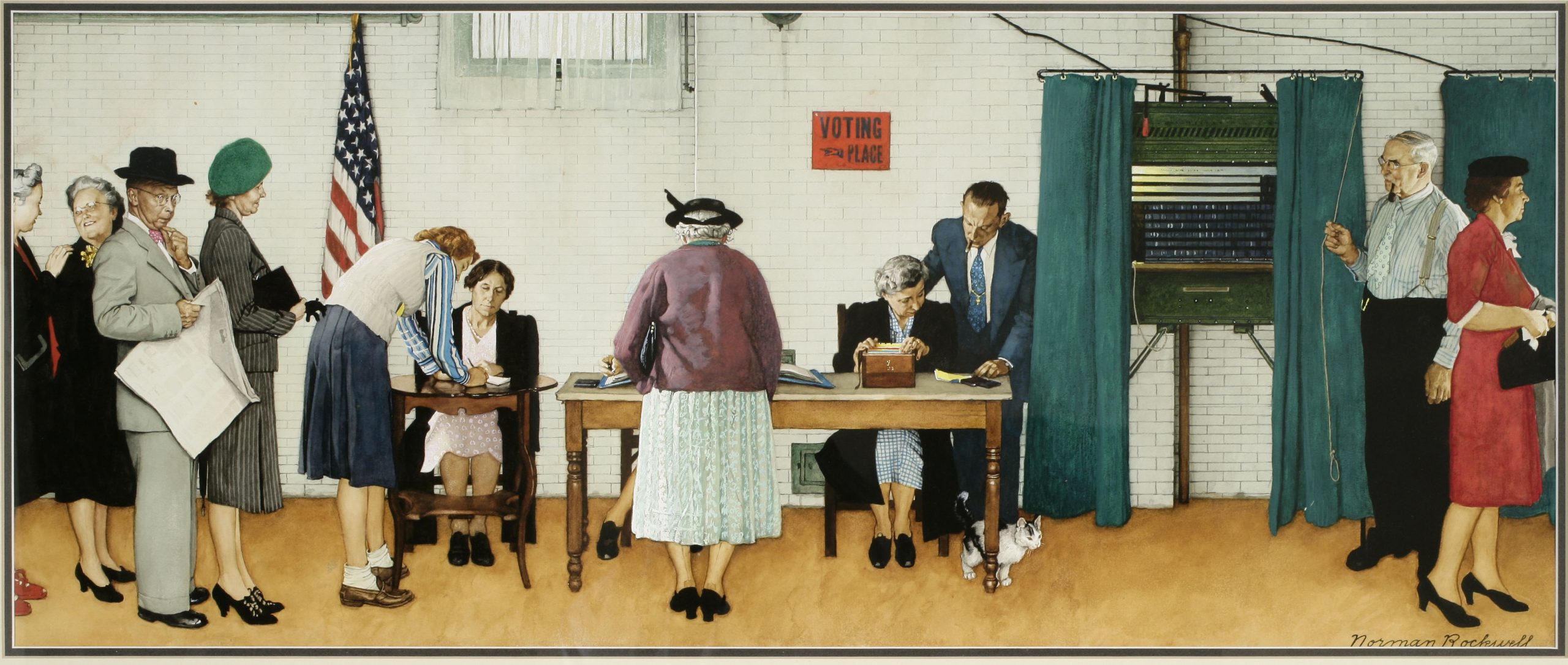
“Election Day” 1944″ Norman Rockwell

The political party that claims that “democracy is at stake” today’s election is the same political party that seeks to federalize state election laws, pack the Supreme Court, remove the Electoral College, remove US national borders and abolish voter identification will be voting in today’s off-year elections. In other words: it wants to abolish democracy. Its partisans have long since metastasized in education communities where polling places for students, faculty, staff and nearby residents are hosted.
Join us in post-irony America today when we focus only on the safety and environmental condition of these polling places. Where there is closer agreement. Catalogs, titles, chapters, sections and passages that inform best practice on this topic:
Can Voters Detect Malicious Manipulation of Ballot Marking Devices?
International Code Council
International Building Code
A117 Accessible and Useable Buildings and Facilities
National Fire Protection Association
Life Safety Code
Premises Security
ASHRAE International
Thermal Environmental Conditions for Human Occupancy
Illumination Engineering Society
Designing Lighting for People and Buildings

Security 100
Sacramento County: Polling Place and Vote Center Management



